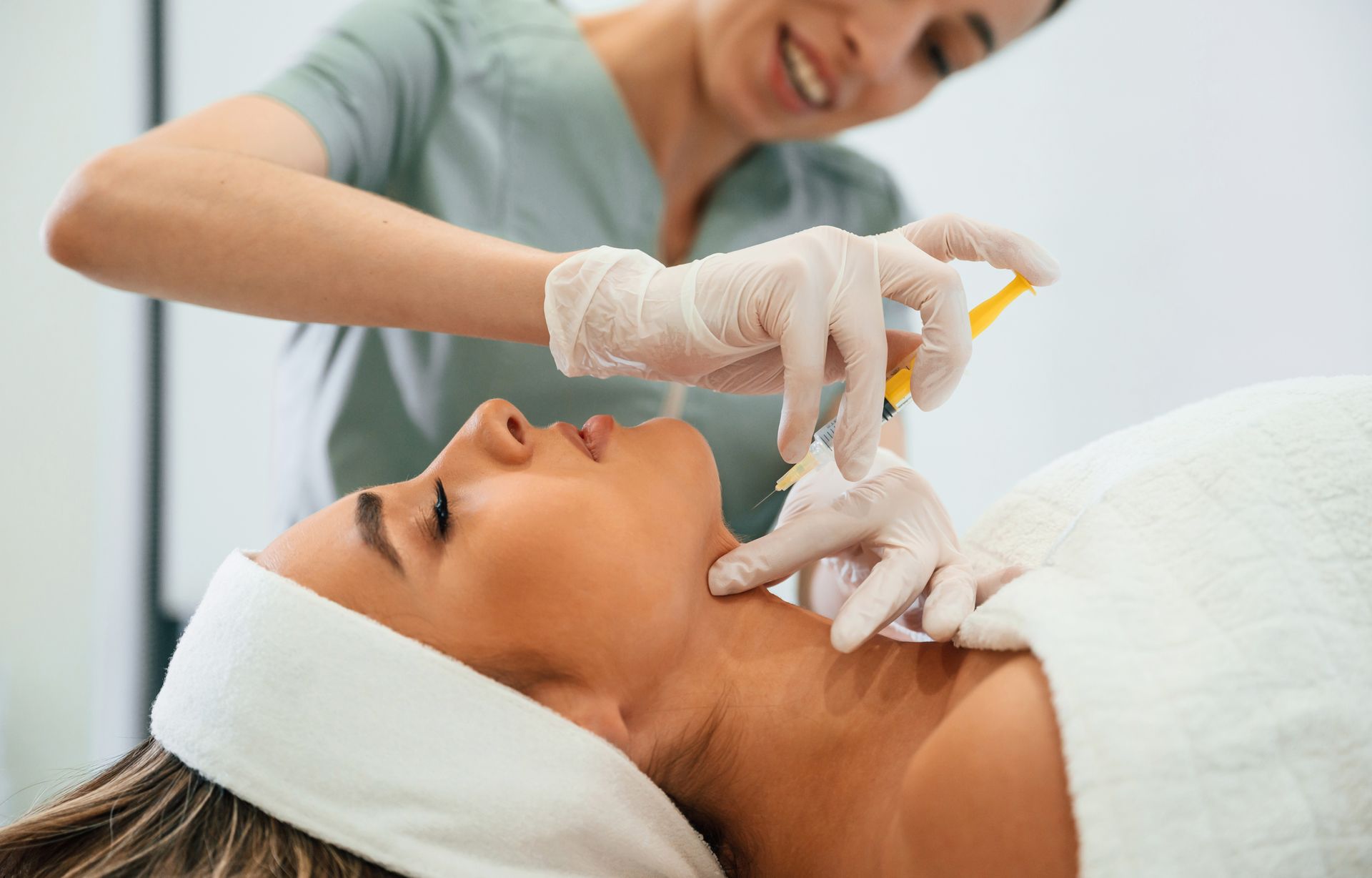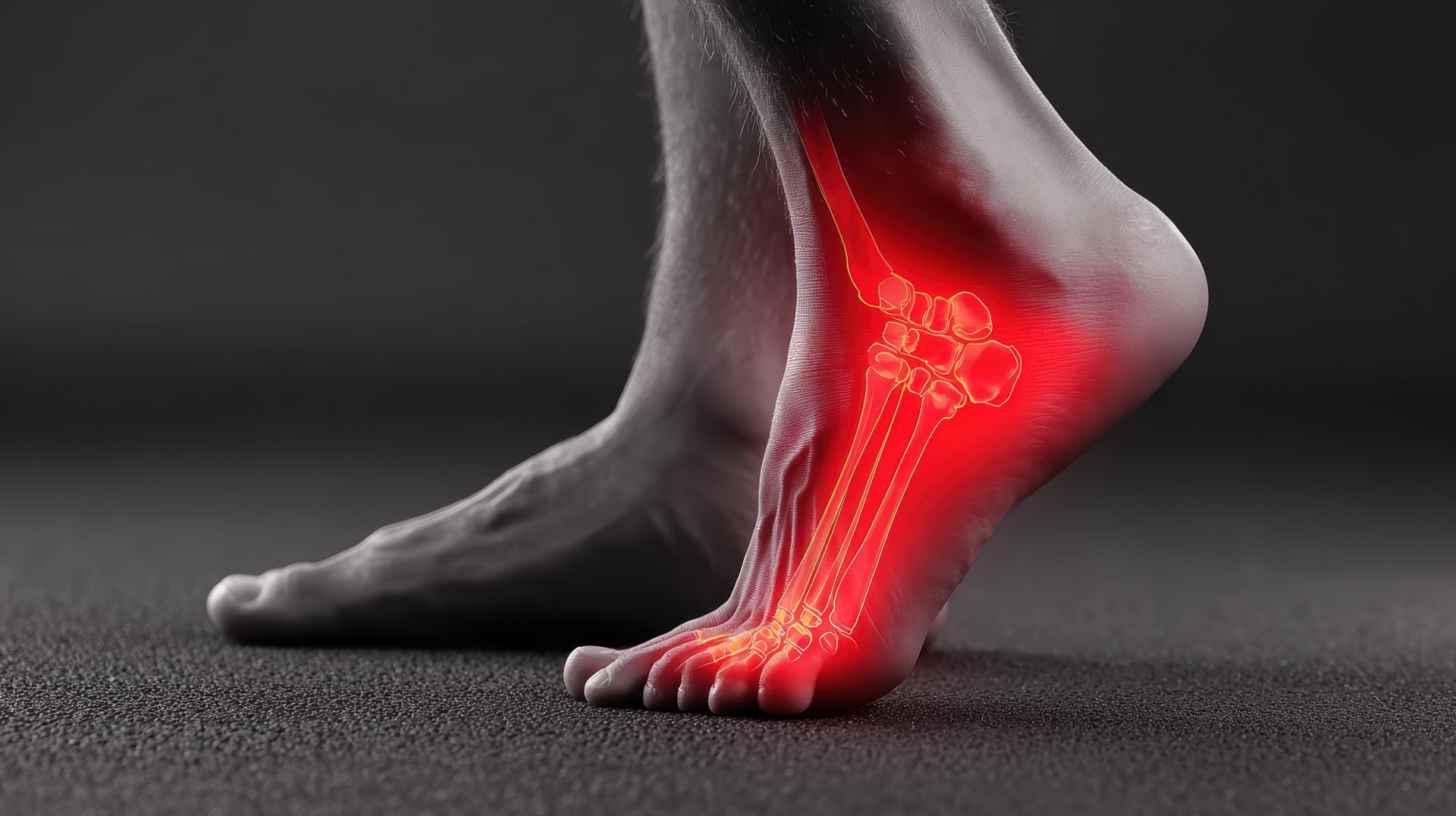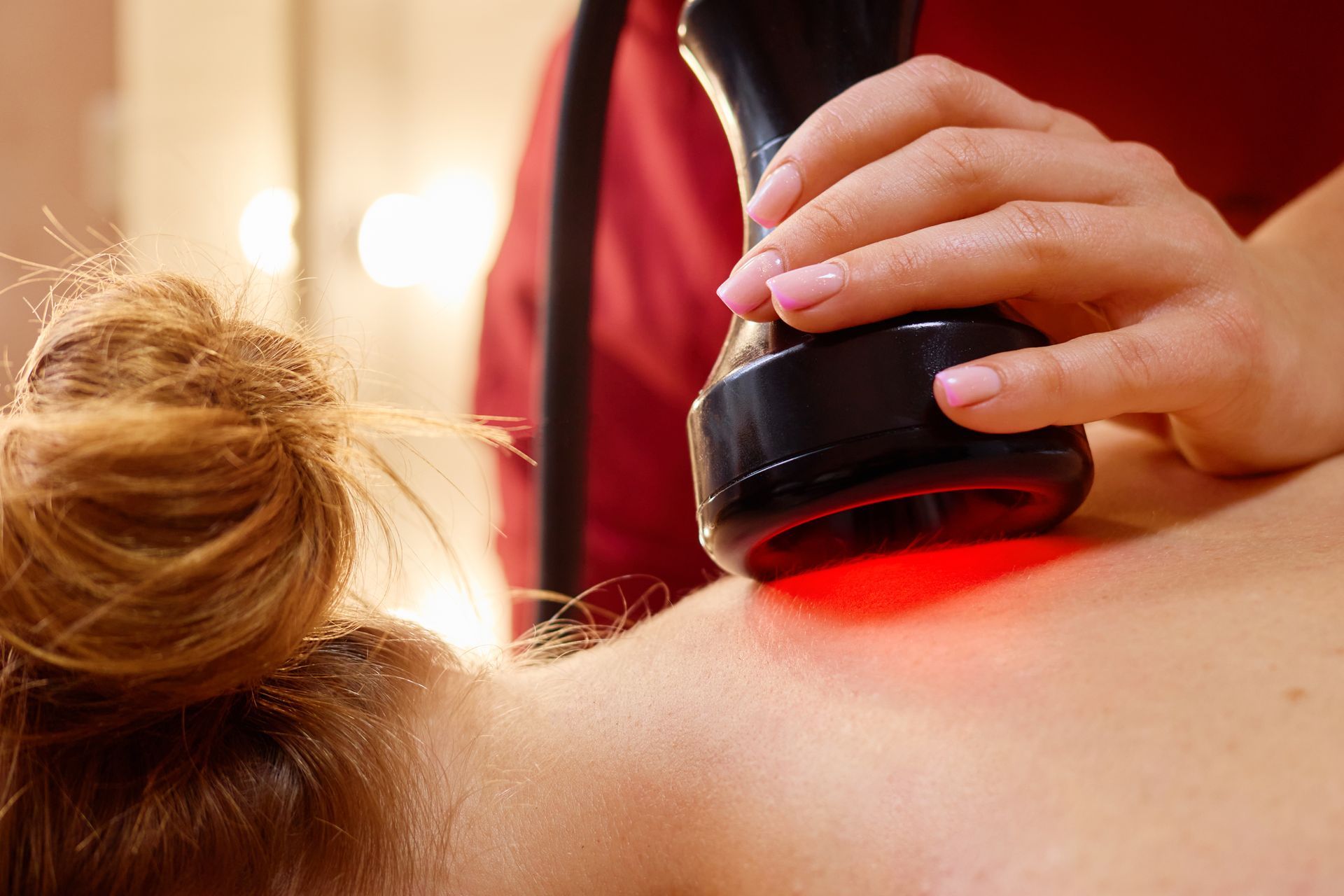Myths vs. Facts: PRP for Aesthetics and Pain
Platelet-Rich Plasma (PRP) therapy has become a buzzword in both pain management and aesthetic medicine. As more people seek alternatives to traditional treatments, PRP has gained attention for its natural approach and promising results. Unfortunately, with its rise in popularity, a host of myths and misconceptions have also emerged. At Chronic Care of Richmond, we believe in empowering our patients with accurate, research-backed information to make the best decisions for their health and wellness. Let’s separate fact from fiction on PRP injections for aesthetics and pain relief.
What Is PRP Therapy?
PRP therapy involves drawing a small amount of a patient's own blood, processing it to concentrate the platelets, and then injecting this platelet-rich plasma into targeted areas. Platelets are a key component of blood, containing growth factors that play a crucial role in healing and tissue regeneration. By harnessing the body’s own resources, PRP therapy stimulates repair in a natural, minimally invasive way, making it an attractive option for those seeking alternatives to pharmaceuticals or more invasive interventions.
Myth 1: PRP Is Only for Athletes or Celebrities
One common misconception is that PRP is reserved for elite athletes or Hollywood stars. While it’s true that high-profile figures have popularized PRP—thanks to stories of recovery from sports injuries or “vampire facials”—the therapy is widely available and accessible to the general public. Clinics like Chronic Care of Richmond offer PRP as part of comprehensive, patient-centered care, making it a practical option for anyone seeking relief from chronic pain or looking to rejuvenate their appearance.
Myth 2: PRP Results Are Immediate
Some patients expect to see instant results following PRP injections, especially for aesthetic applications. In reality, PRP works by enhancing the body’s natural healing processes, which take time. Most people begin to notice improvements several weeks after treatment, as new collagen and tissue gradually form. For pain management, the benefits often become more apparent over several weeks to months, depending on the severity and location of the condition. Patience is key—a gradual, natural improvement is a hallmark of regenerative medicine.
Myth 3: There’s No Scientific Evidence Supporting PRP
Opponents of PRP sometimes claim that its benefits are unproven. However, a growing body of scientific research supports the efficacy of PRP for various conditions. For example, a 2021 study found that PRP injections significantly improved pain and function in patients with knee osteoarthritis compared to placebo. Similarly, in aesthetics, PRP has shown promise in improving skin texture, tone, and elasticity, with positive results documented in multiple peer-reviewed studies. The key is to seek treatment from experienced providers who use evidence-based protocols.
Myth 4: PRP Injections Are Painful and Risky
Concerns about pain and safety are natural, but PRP injections are generally well tolerated. Because the procedure uses your own blood, the risk of allergic reaction or disease transmission is extremely low. The discomfort associated with PRP injections is usually minimal, often described as a brief pinch or pressure at the injection site. Most patients return to normal activities shortly after their session.
At Chronic Care of Richmond, our team ensures every treatment is performed with the utmost care and attention to patient comfort and safety. Mild side effects like temporary swelling or bruising are possible but typically resolve quickly.
Myth 5: PRP Is a “Cure-All” for Every Condition
PRP therapy is a powerful tool in regenerative medicine, but it’s not a miracle cure for every ailment. Its effectiveness depends on the condition being treated, individual patient factors, and the expertise of the provider. For example, PRP is widely used for osteoarthritis, tendon injuries, and certain types of hair loss, as well as for facial rejuvenation. However, not every patient will experience the same results, and in some cases, additional or alternative treatments may be necessary. An honest conversation with your healthcare provider is essential to determine if PRP is right for you.
The Facts Behind PRP’s Role in Pain Management
Chronic pain, especially in the joints and soft tissues, can be life-altering. Traditional pain management often relies on medications or more invasive procedures. PRP presents a promising alternative by addressing the root cause of pain—inflammation and tissue degeneration—rather than simply masking the symptoms.
PRP injections can reduce pain and improve function in conditions such as osteoarthritis, tendinitis, and ligament injuries. Results vary, but many patients enjoy enhanced mobility and decreased discomfort after a series of treatments. At Chronic Care of Richmond, our approach focuses on harnessing the body’s own healing abilities, offering a path to improved quality of life without reliance on medications.
PRP for Aesthetic Rejuvenation: What to Expect
In the world of aesthetics, PRP is best known for its role in skin rejuvenation and hair restoration. The so-called “vampire facial,” which involves micro-needling combined with PRP, has been shown to enhance skin texture, tone, and glow. PRP stimulates collagen production, leading to firmer, more youthful-looking skin over time.
For those struggling with hair thinning, PRP injections in the scalp can promote hair growth by revitalizing dormant hair follicles. The outcomes are gradual and natural-looking, with minimal downtime.
Choosing the Right Provider for PRP Therapy
The success of PRP treatment depends heavily on the experience and skill of the provider. At Chronic Care of Richmond, we are committed to evidence-based practices and patient-centered care. Our team stays up-to-date on the latest advancements in regenerative medicine, ensuring that each patient receives a customized treatment plan tailored to their individual needs. If you’re considering PRP for pain management or aesthetic enhancement, schedule a consultation to discuss your options and set realistic expectations for your journey.
Empowering Patients with Accurate Information
Misinformation can make it difficult to navigate your health choices. By relying on reputable sources, clinical research, and expert guidance, you can feel confident in your decision to pursue PRP therapy. At Chronic Care of Richmond, our priority is to provide clear, honest information so you can make informed choices about your care. Learn more about our PRP therapy services and how we can help you achieve your health and wellness goals.
For those interested in exploring PRP or other regenerative therapies, we encourage you to contact us with any questions. Our team is here to guide you every step of the way, ensuring you have the facts you need for your best possible outcome.




